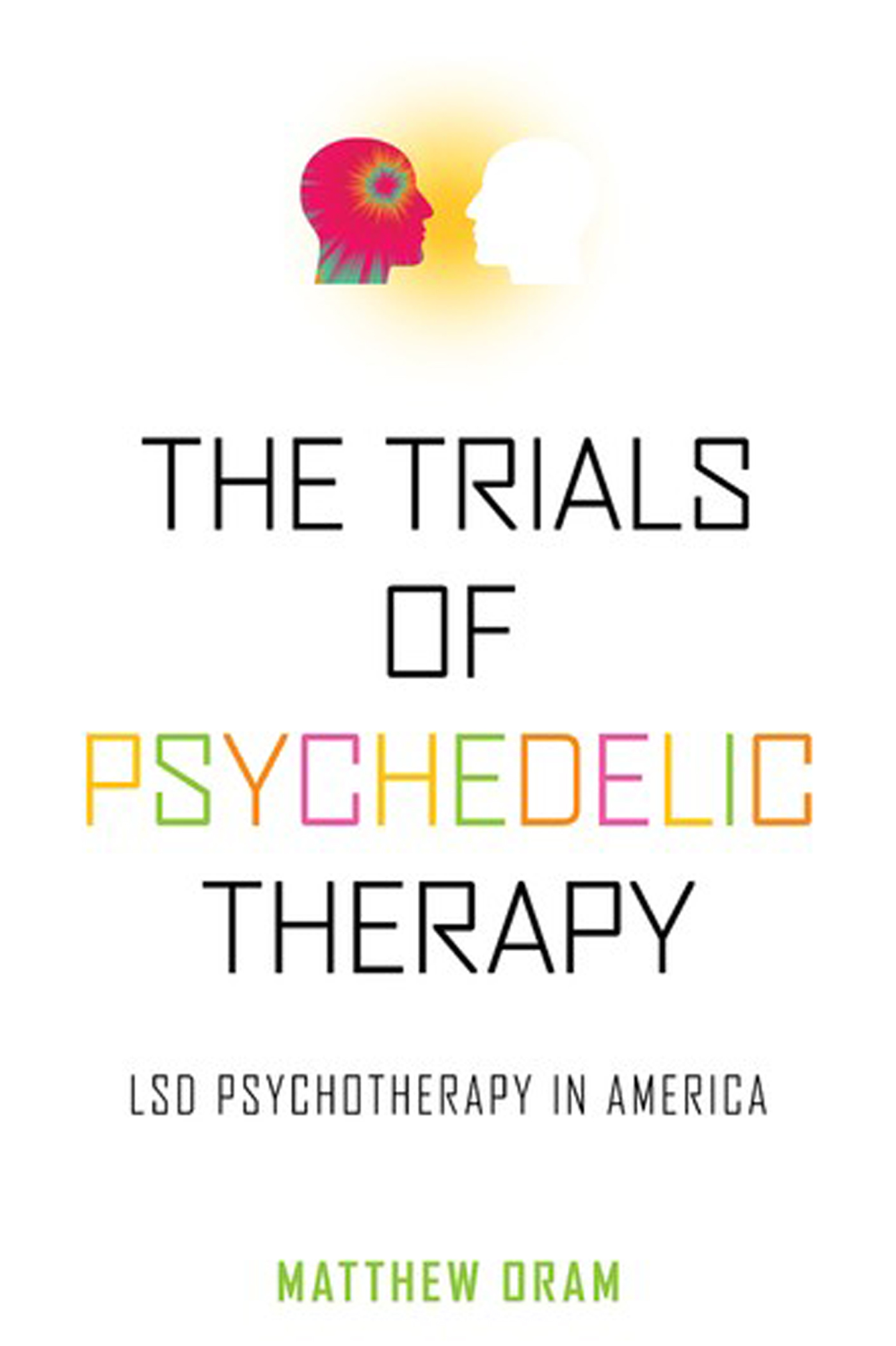
Many books in this genre provide the well-trodden paths through popular psychedelic cultural history. The story of Hofmann's bicycle ride and the shenanigans of Leary, Huxley and Kesey are all available in the more generic texts on LSD. But in this new book, Matthew Oram asks the simple question: why, after 25 years of intensive research between 1950 and 1975, did LSD never become licensed? Oram challenges the old narrative that government crackdowns in the 1960s strangulated LSD research through politically motivated links to a feared cultural uprising. Rather, he asks, could the reason that the revered LSD never achieved its FDA licence after a quarter of a century of research be simply that it didn't work?
People interested in drug development, ethics boards, approvals committees and the consequence of research-governance directives will enjoy this book. The Trials of Psychedelic Therapy shines a fascinating light on a discipline that is neither pure pharmacotherapy nor pure psychotherapy. Oram shows how LSD's unique position between these seemingly disparate fields has been, and still is, its potential undoing when it comes to obtaining formal licensed approval.
The Trials of Psychedelic Therapy unearths evidence to demonstrate that far from being irrationally restrictive, the US government was in fact supportive of LSD research between 1950 and 1975, with the FDA and NIMH happily approving numerous trials.
Oram depicts how post-war psychiatry in the USA was dominated by psychoanalysis, which lacked efficacy for severely ill, hospitalised patients. Crude biological techniques, including narcosynthesis, emerged to enhance the psychotherapeutic process. But then, in 1949, LSD entered the USA. In The Trials of Psychedelic Therapy, Oram describes how the drug was initially applied as a psychotomimetic, then subsequently as a low-dose (25–100 mcg) psycholytic adjunct to regular psychoanalytic psychotherapy. But it was the emergence of high-dose (>400 mcg) ‘psychedelic therapy’ that immediately demonstrated its clinical efficacy, especially in treatment-resistant disorders such as alcoholism. By the early 1960s LSD was set to become ‘the next big thing’. But then something happened.
The Drug Amendments Act of 1962 introduced the double-blind randomised controlled trial (RCT) that became the gold standard for pharmacology research, and, says Oram, this contributed significantly to the death of psychedelic research. For the next 15 years, despite numerous studies, LSD repeatedly failed to meet the efficacy standards required to gain status as an approved medicine. The FDA and NIMH continued to support research and grant trial approvals right up to the early 1980s, but psychedelic researchers never quite came up with the goods. Meanwhile, the emerging antidepressant and antipsychotic drugs sailed through the RCT approach. But the rigidity of the RCT – designed to weed out confounding factors and demonstrate unequivocally the active effects of a drug – poorly suited proposed psychedelic treatments, with their insistence on set and setting as active components.
So does this mean psychedelics do not work? No. Oram concludes, rightly, that there are hundreds of thousands, perhaps millions, of positive anecdotal cases worldwide. Rather, it seems, other forms of evidence of efficacy must be explored, especially in difficult-to-treat, resistant patients, such as those with addictions or chronic disorders secondary to childhood traumas. Maybe the whole research paradigm needs to change. Maybe the word ‘psychopharmacology’ should be rebranded as ‘psychotherapy-pharmacology’.
The book concludes with a useful section on the current psychedelic renaissance, describing contemporary international studies with psychedelics. It highlights the continued challenges modern researchers face in conforming to the RCT – in particular, satisfying ethics boards about effective blinding when administering compounds with such profoundly felt psychoactive effects.
What this book teaches us is that there remains considerable ignorance of the history of psychedelic research. And, as before, these fascinating chemicals continue to bewilder us. Nevertheless, the potential therapeutic opportunities they promise remain a good enough reason to keep psychedelic research at the forefront of academic psychiatry today.



eLetters
No eLetters have been published for this article.